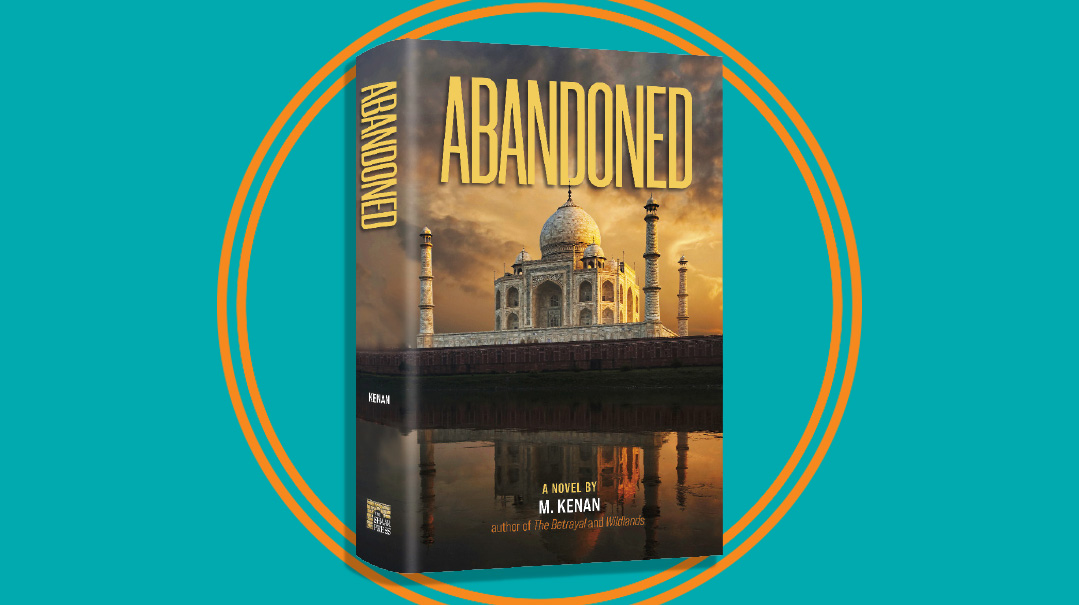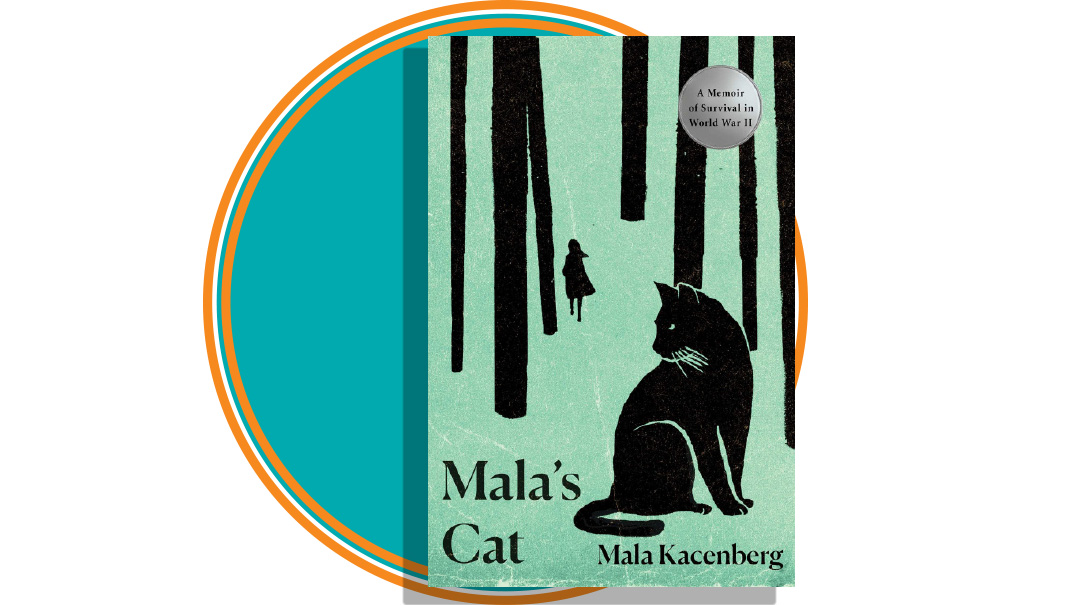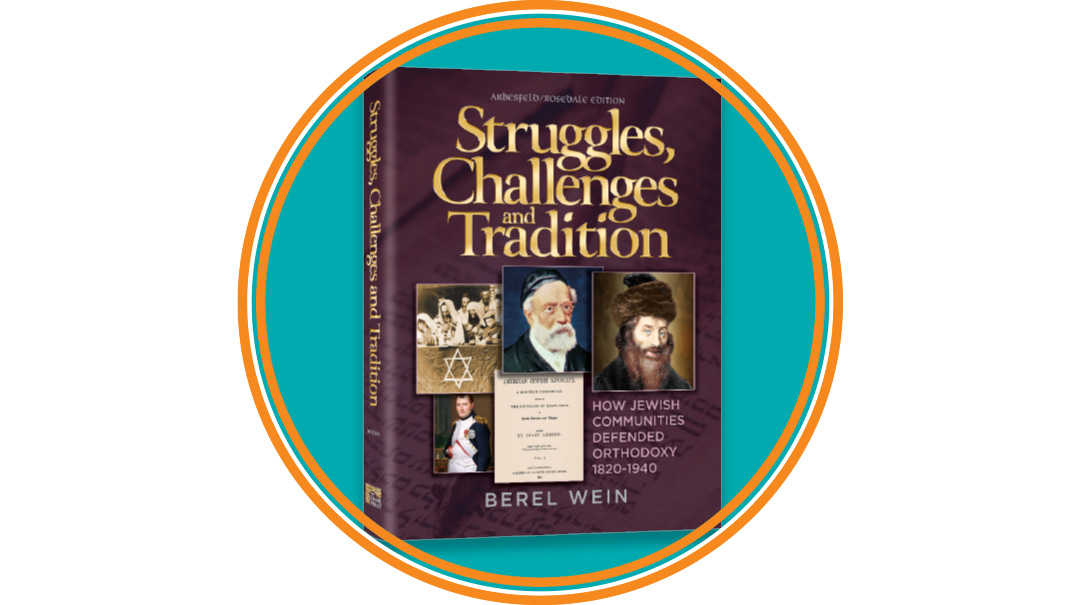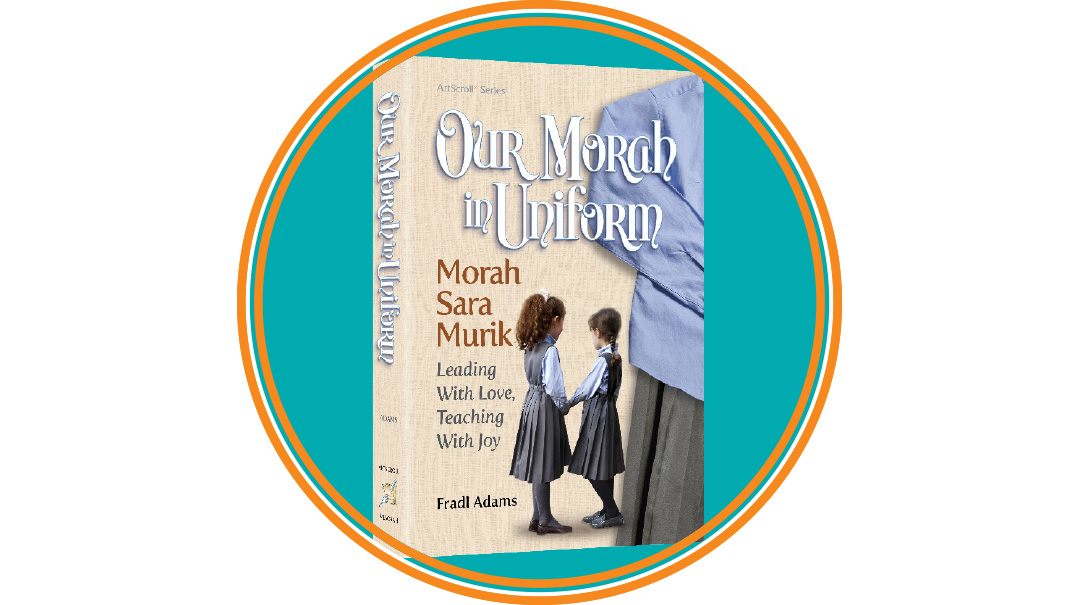Light at the Beginning of the Tunnel
| May 11, 2021How the positive psychology component of raising well-adjusted children dovetails with the teachings of Chazal
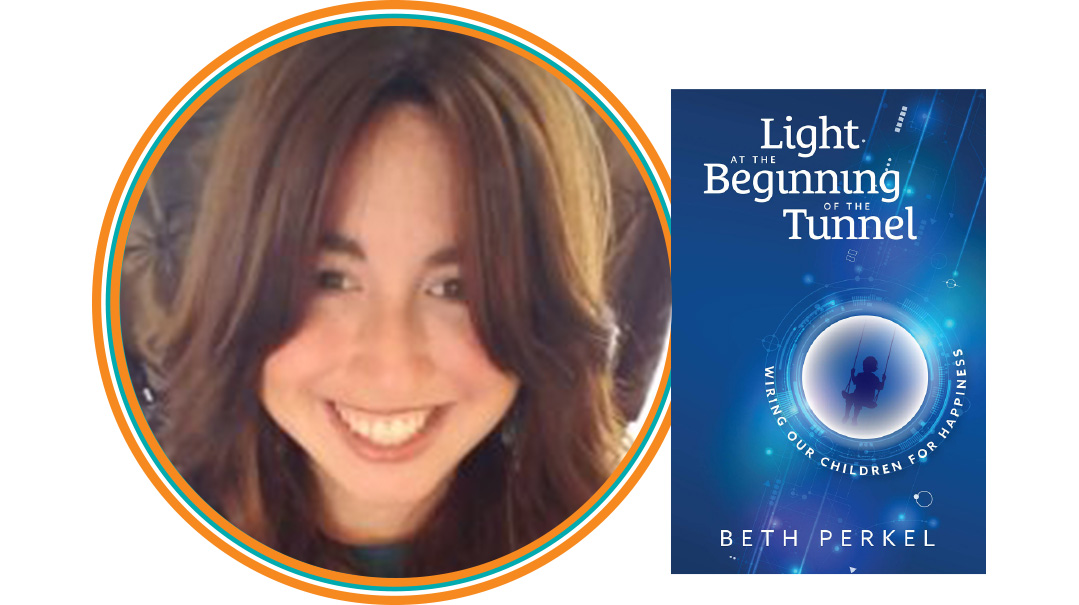
Book: Light at the Beginning of the Tunnel
Author: Beth Perkel
Publisher: Mosaica Press
The birth of this book
Back in university, I was fascinated by research pertaining to people’s dispositions and happiness. This was at the start of the field of “positive psychology” and its efforts to scientifically explore human potential, including positive thoughts, behaviors, and emotions (such as happiness). A professor at my university, Martin Seligman, published one of the first books in the field, Authentic Happiness, when I was a freshman.
I followed developments over the years, marveling at how positive psychology overlapped with Torah thought, and when I became a rebbetzin in 2008, I began to give shiurim that covered positive psychology through the prism of Torah.
At the time, I was a young mother. As my family grew, I recognized the importance of building my children’s inner happiness from the earliest ages. In 2012, I began to write a blog on teaching children happiness. That blog eventually blossomed into this book.
Why now?
Children today are growing up with different challenges than those previous generations faced. This book is a resource to address those challenges. It demonstrates how the positive psychology component of raising well-adjusted children dovetails with the teachings of Chazal.
While my book was being printed, I felt the need for its teachings even more strongly. One facet of COVID’s impact is the mental health struggle it left in its wake. Even those who have had exposure to some of these ideas will find it powerful to relearn and review them as we strive to strengthen our families’ resilience and equilibrium after going through this challenging period of time.
Oops! We could not locate your form.


